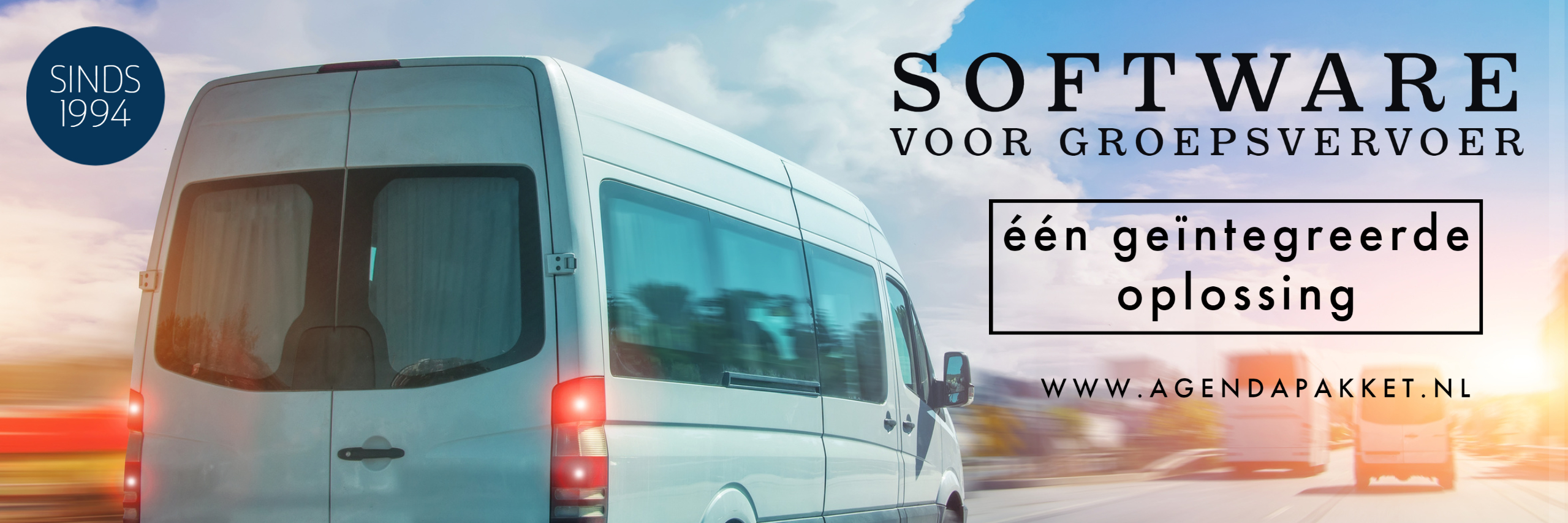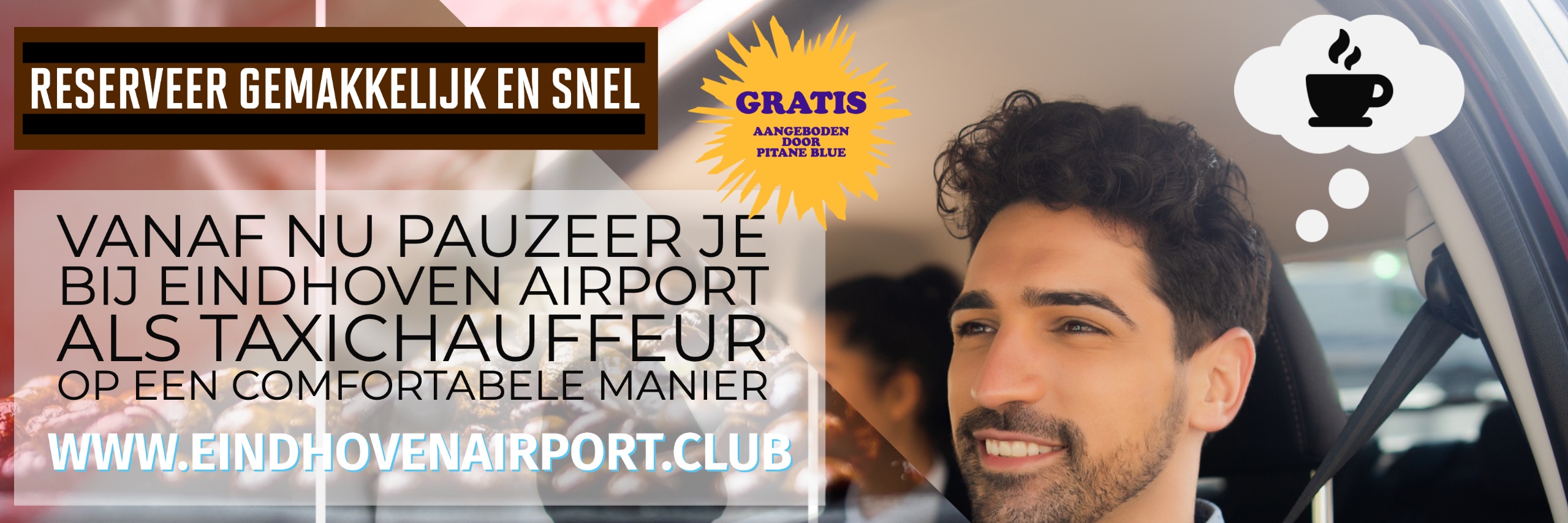Interested parties can respond to the proposal online, at information evenings or by post. Then the city council makes a decision.
The Municipal Executive of Utrecht proposes to introduce paid parking neighborhood by neighbourhood. This is necessary for the liveability and accessibility of the growing city. In 2024, the city will start with the neighborhoods where parking pressure is high. It will take 12 years for paid parking to be introduced city-wide. This is stated in the proposal Approach to introducing paid parking that will be available for inspection from 22 March. The City Council will vote on the proposal later this year.
In a large part of Utrecht, motorists already pay for parking their cars in public spaces. Paid parking is an effective way to combat parking nuisance and to encourage the use of sustainable alternatives to the car. There will be fewer driving and parked cars in areas where parking is paid for. This not only has a positive effect on the quality of the public space, but also on the accessibility of the city. If fewer cars park on the street, there will be room for other functions, such as walking, cycling, playing, greenery and accommodation. With paid parking, we contribute to a fairer distribution of public space. Fewer cars driving in the city also means that the pressure on the road network decreases and the quality of the climate, air and sound improves.
Blocks
The municipality will not introduce paid parking throughout the city at once. Based on (expected) parking pressure and opportunities for area development, three blocks of areas have currently been defined where paid parking must be successively introduced. Within a block, it is proposed to prioritize on the basis of (measurable) criteria and a qualitative substantiation. The criteria are: the completion of construction developments, parking pressure and reports of parking nuisance and unsafe traffic situations as a result of parking. When prioritizing areas in blocks 2 and 3, they also want to leave the presence of alternatives for car use.
Window times
The proposal is to introduce paid parking in most neighborhoods from Monday to Friday from 06:00 to 11:00 am. In these districts, parkers do not have to pay in the afternoon and evening. In this way, visitors of residents are largely spared and we prevent negative effects for, for example, informal carers, babysitting grandparents, or shops and sports facilities. In busier neighborhoods with, for example, offices, companies and shops, different times may apply. It is determined per neighborhood which window times are logical.

Residents can apply for a parking permit. For most districts, the lowest rate will apply for the first car (this year this is about 12 euros per month). There is also a visitor scheme, so that visitors can park at a discount. Residents can of course also use all kinds of alternatives, such as partial transport or parking at a distance.
Accessible neighbourhoods
Utrecht is one of the most accessible cities in the Netherlands. In the coming years they will continue to work on bicycle facilities, walking facilities and shared mobility. At the same time as introducing paid parking in an area, they want to look at possibilities to add shared cars, shared cargo bikes and bicycle clamps, for example. For the long term, they are working with the region to scale up public transport. These all contribute to the further accessibility of an area.
Insight
The proposal will be available for inspection in the coming weeks. Residents, entrepreneurs and visitors can respond to the division into blocks, criteria for prioritization, window times and prioritization of areas in the first block. Interested parties can respond to the proposal online, at information evenings or by post (www.utrecht.nl/paidparking). After that, the city council will make a decision, according to the municipality of Utrecht.



